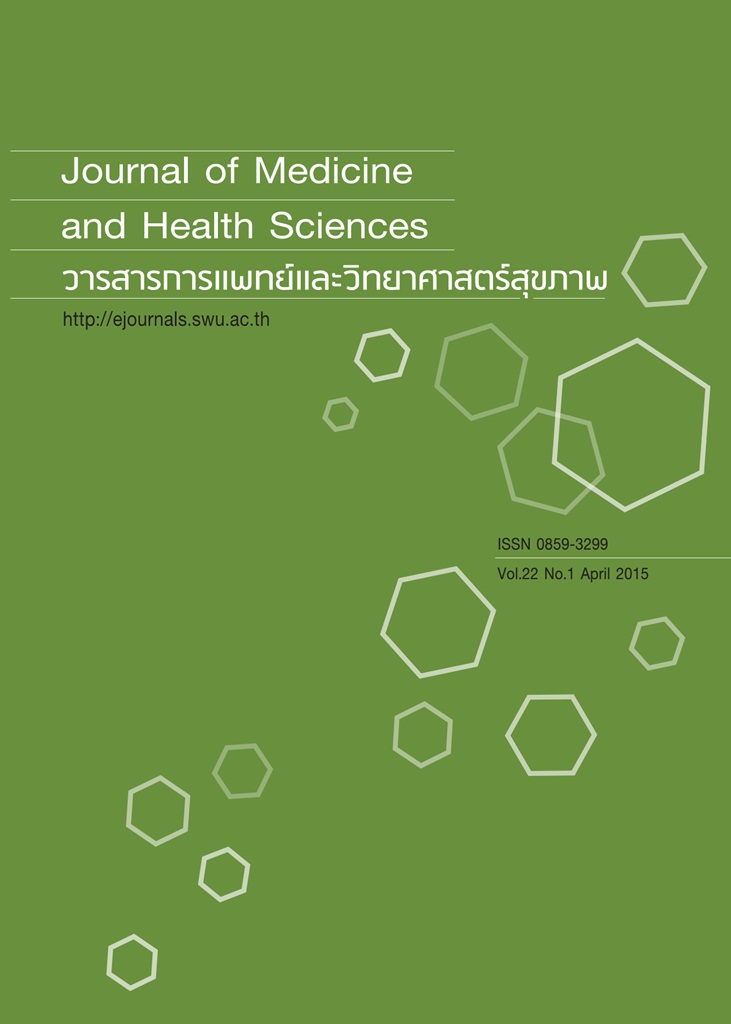Nosocomial infection
Keywords:
Nosocomial infection, Pseudomonas aeruginosa, Klebsiella spp., Acinetobacter baumannii, Methicillin resistant Staphylococcus aureus, EnterococciAbstract
Nosocomial infection is one of the important problems that occur with patients who were admitted in the hospital. It can be found in all level of hospitals and the numbers of cases increase every year. This infection leads to increase severity of the disease and prolong of hospitalization. Nosocomial infection was diagnosed by analyzing information such as medical history, signs and symptoms, and laboratory identification. The most common sites that nosocomial infection can be found are respiratory tract, urinary tract, and surgical site. The commonly found pathogens are Pseudomonas aeruginosa, Klebsiella spp., Acinetobacter baumannii, Methicillin resistant Staphylococcus aureus (MRSA), and Enterococci. During last decade, this group of pathogens has developed many antibiotic resistance mechanisms causing the increasing cost and time of new generation antibiotic to eliminate them. The best solution for nosocomial infection is the prevention before the infection occurred and controls the infection when there is a case to stop infecting other patient in the same ward. To make the prevention and control function, all doctors, nurses, and other hospital staffs have to take part in the program which will finally lead to the most efficient and sustainable outcome.Downloads
Published
2015-06-03
Issue
Section
Review Article


